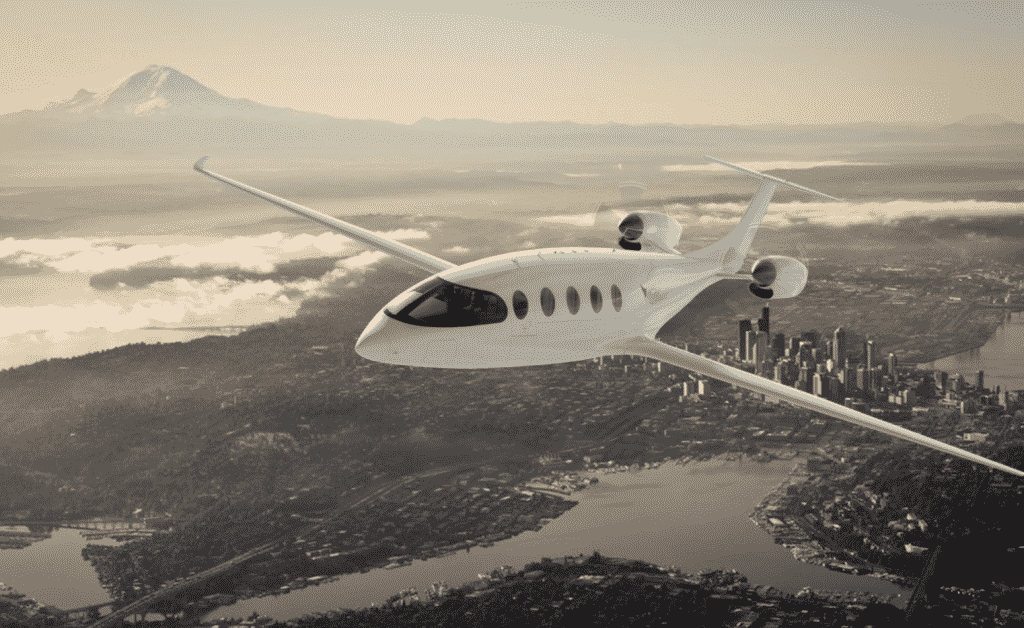On January 1st, 2022, Denmark’s government has announced a goal to make domestic flights fossil fuel-free by 2030. With this announcement, Denmark joins Sweden and Norway in the growing list of countries declaring their intention to transform aviation as we know it. More countries will follow. This means that the vast majority of existing aircraft will have to be redesigned to use electric engines. As a result, there are tremendous business opportunities for companies wishing to enter the field.
Unfortunately, the limitations of the currently available technologies (as an example, electric power offers very short range) mean there is no one-size-fits-all solution. This also makes it difficult for investors to pick the winning horse in this technological race.
Let’s look at this from a Realistic Engineering Perspective
On the one hand, declaring a planned phase-out of existing jet-engine technology will spur innovation to develop alternative means of aircraft propulsion. Hence, such announcements provide further impetus towards the implementation of electric aircraft. Currently, electric and hybrid electric aircraft propulsion is attainable for small aircraft at the prototype stage, but years – if not a decade – away for large airplanes carrying 100 or more passengers.
For the latter category, hydrogen fuel cell propulsion is even further afield. This would leave sustainable aviation fuels (SAF) a reasonable medium-term option for larger airliners. SAFs are fuels derived from biomass (i.e. biofuels) certified not to compete with food stocks, etc. This sounds great, except that they are still hydrocarbon-based, and their combustion does not eliminate the CO2 and other gases and particulate matter emitted by the engine.
Here’s the bigger problem: aviation is first and foremost focused on safety. There is little sense to have a less-CO2 emitting aircraft if it crashes. Aircraft accidents are a big deal – think of the recent Boeing 737MAX fiasco. Whatever the new and novel propulsion technology, before it can be implemented, the airplane has to go through a rigorous engineering and testing process called aircraft certification (in Europe, also called initial airworthiness) to ensure the design meets all the necessary requirements. That process, by itself, takes about five years for an airliner – after the aircraft is designed. Currently, aircraft certification propulsion experts are already engaged in helping prospective companies work out how to get their designs approved. However, this challenge will take time, as the regulations with which electric aircraft must comply are still under development and the knowledge is very hard to find. As an example, in Canada, there is currently only one independent Transport Canada powerplant delegate with the necessary know-how and capability to make it happen, currently working on active aircraft projects.
In spite of all those challenges, venture capitalists willing to invest in the next generation electric and hybrid-electric aircraft stand to make a fortune – but only if they pick the right project.

